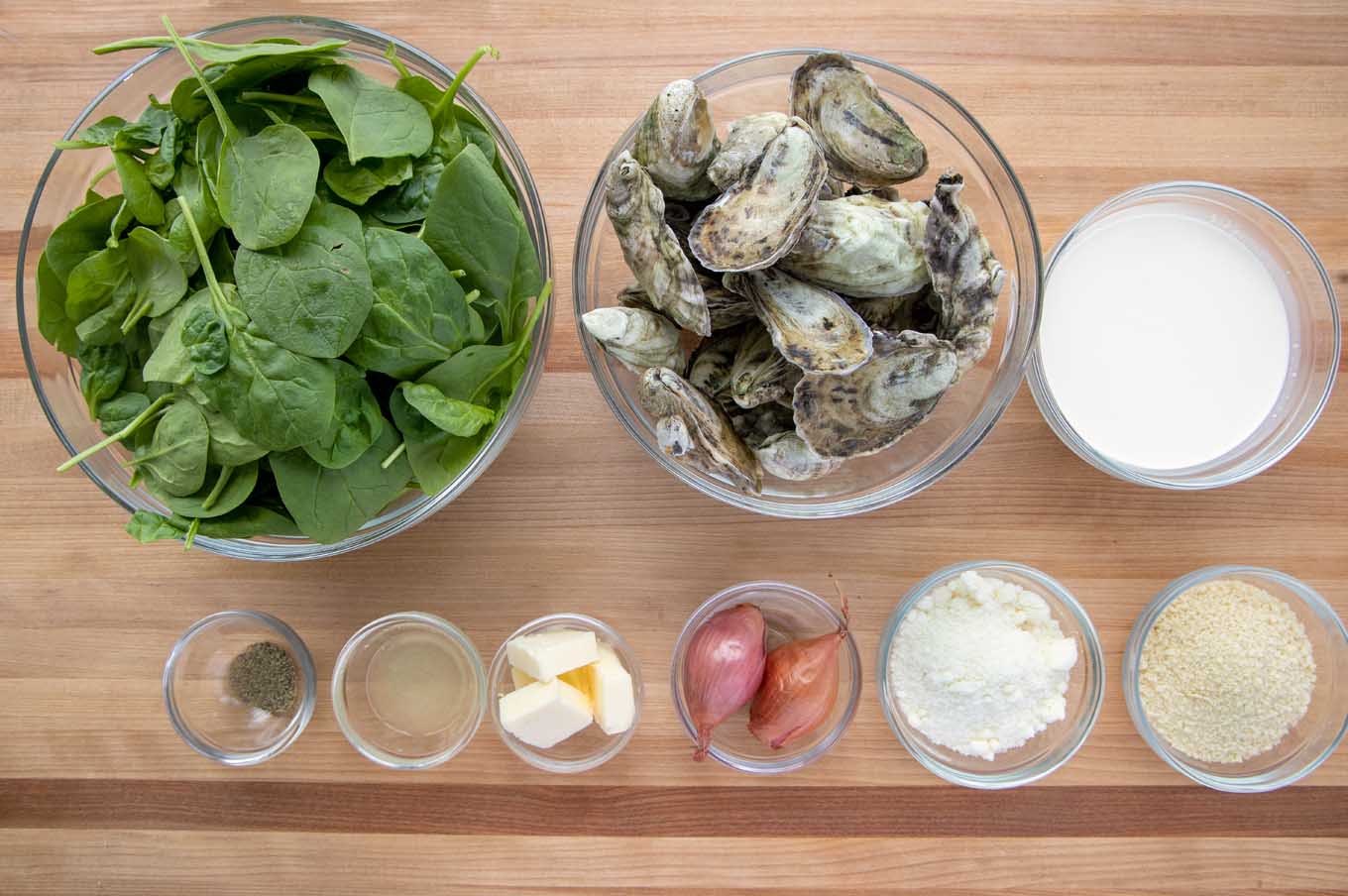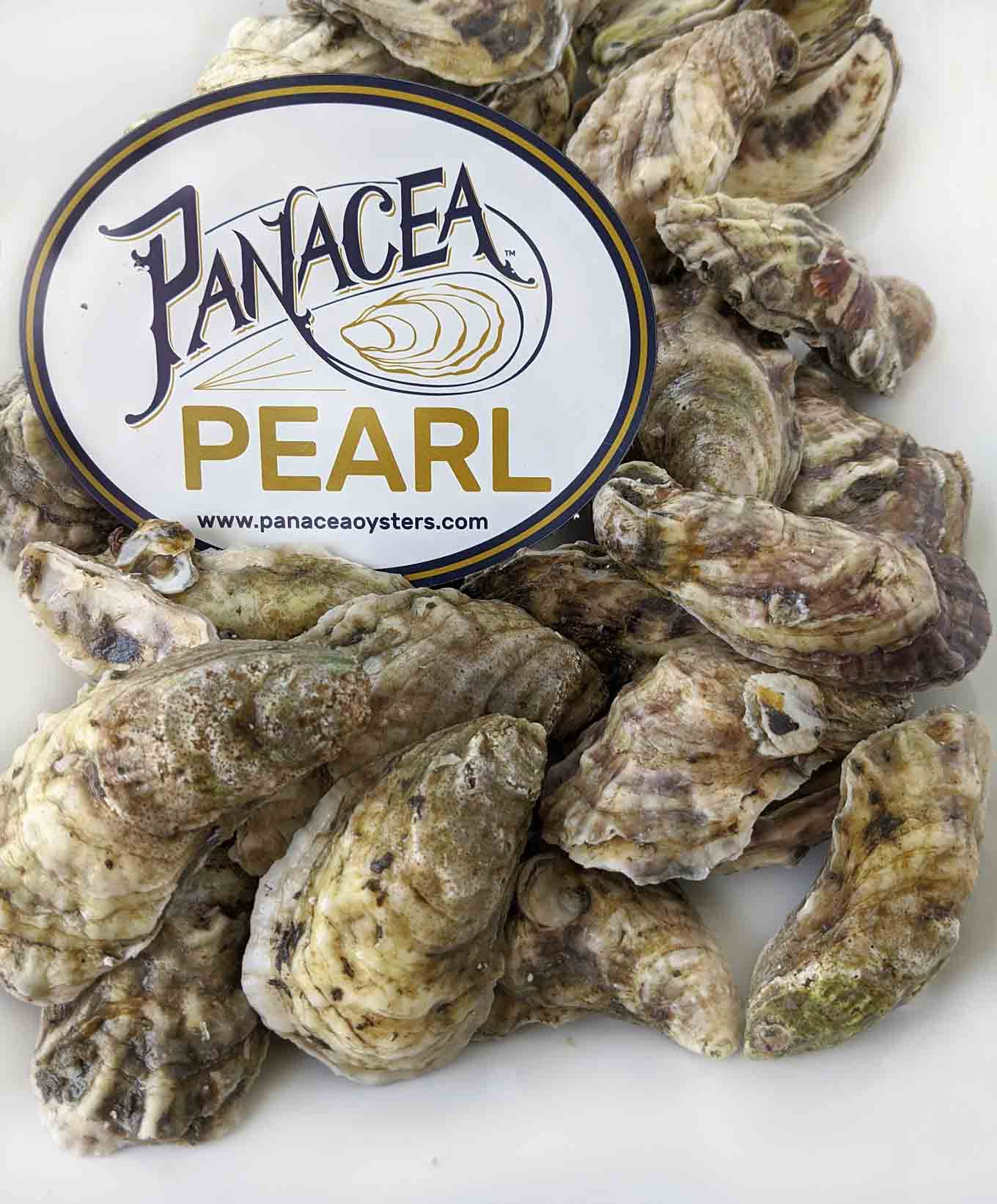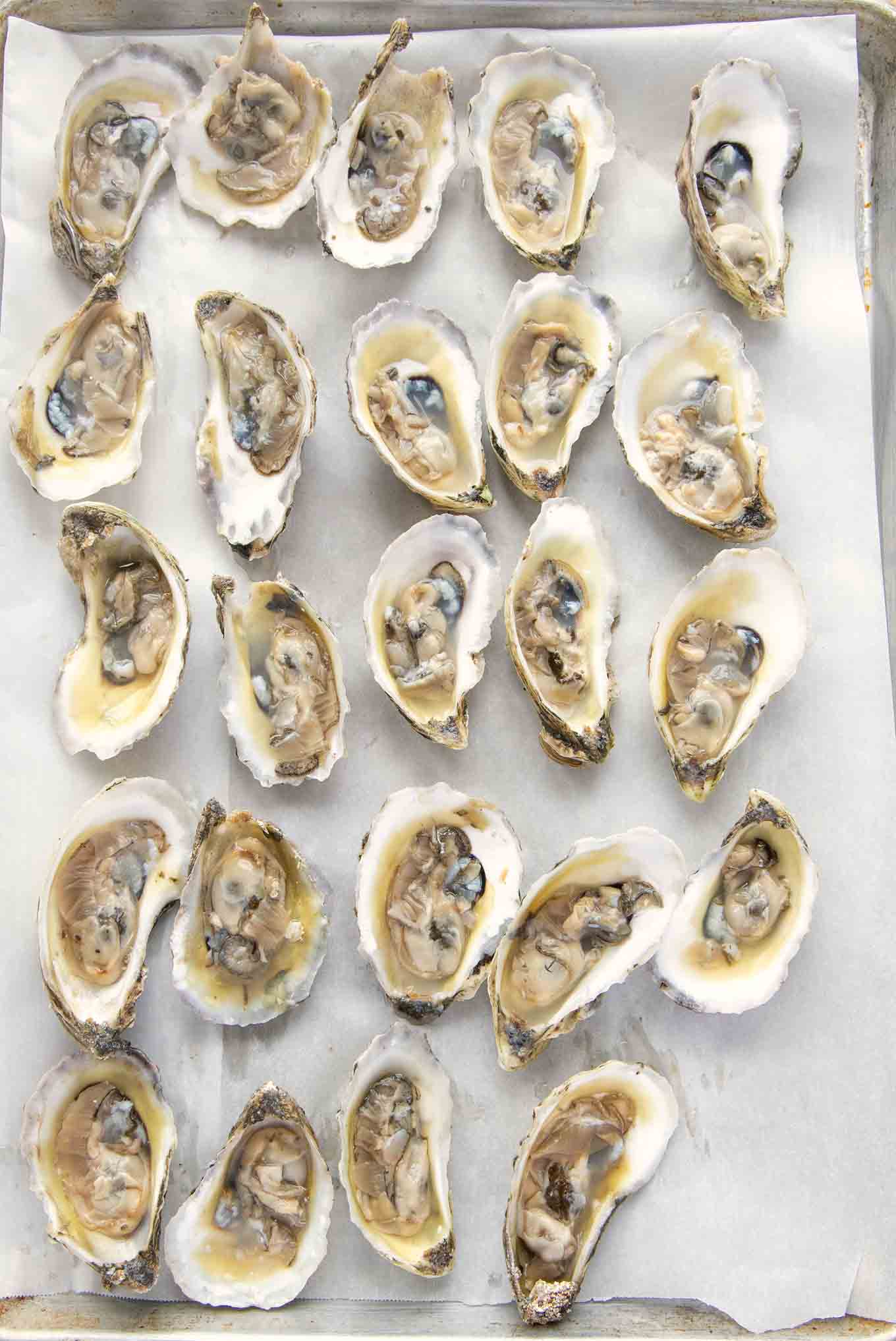When I worked as a restaurant chef, Oysters Rockefeller were one of the most popular starters I served.
As with most restaurant-style dishes, Oysters Rockefeller is easy to make. With a little planning, you can wow your friends with this incredibly tasty dish.
Oysters Rockefeller is a beloved dish cherished by seafood aficionados. This baked oyster appetizer is loaded with flavors like spinach, parsley, breadcrumbs, and bacon. But what if you have leftovers after serving this crowd-pleasing dish? Can Oysters Rockefeller be frozen successfully?
The short answer is yes. You can freeze oysters Rockefeller to enjoy later. However, proper freezing techniques are essential for preserving taste and texture. Read on to learn the best practices for freezing, storing, and reheating oysters Rockefeller.
Benefits of Freezing Oysters Rockefeller
Freezing cooked oysters Rockefeller provides several advantages:
-
Preserves Freshness Freezing stops bacteria growth that causes spoilage Oysters Rockefeller will maintain quality longer,
-
Easy Storage Frozen oysters Rockefeller take up less space than refrigerating leftovers. They can be stacked flat in freezer bags
-
Cost Savings: Buying oysters in bulk when in season and freezing saves money later. Oysters Rockefeller can be made ahead for future entertaining.
-
Time Savings: Keep frozen oysters Rockefeller on hand for quick appetizers. Thaw, reheat, and serve with minimal effort.
Can You Freeze Oysters Rockefeller Without Cooking First?
Ideally, oysters Rockefeller should be frozen raw before baking or broiling. Freezing uncooked oysters helps them hold their shape and texture better when reheated later.
The raw oysters must be fully prepped with the spinach topping before freezing. Do not freeze them plain on the half shell.
Here are the steps for freezing raw Oysters Rockefeller:
- Shuck fresh oysters and place on chilled platter.
- Make the spinach, bacon, and breadcrumb topping. Allow to fully cool.
- Spoon topping generously onto each oyster.
- Wrap oysters individually in plastic and place in a single layer in freezer bags.
- Label bags with date and freeze for up to 2 months.
Follow proper food safety guidelines and freeze oysters within 2 hours of shucking.
How To Freeze Leftover Cooked Oysters Rockefeller
If you end up with extra baked oysters Rockefeller, they can still be frozen but will have a softer texture when thawed. Allow cooked oysters to cool completely before freezing.
To freeze leftover Oysters Rockefeller:
- Place in shallow airtight container in a single layer.
- Cover container tightly.
- Label container with date.
- Freeze for up to 2 months.
Avoid stacking or piling cooked oysters when freezing. This can cause them to freeze into a solid mass making reheating difficult.
Thawing Frozen Oysters Rockefeller
Whether cooked or uncooked, frozen oysters Rockefeller must be thawed properly before eating.
Follow these guidelines:
- Thaw in refrigerator overnight, not at room temperature.
- Place frozen oysters in single layer on plate or pan.
- Once thawed, use immediately. Do not refreeze.
Microwaving is not recommended for thawing oysters Rockefeller. Partial thawing can create ideal conditions for bacteria growth.
How To Reheat Frozen Oysters Rockefeller
Reheating restores the hot, bubbly decadence of oysters Rockefeller.
For cooked frozen oysters Rockefeller, reheat gently in a 350°F oven for 15-20 minutes. Use a baking dish and cover with foil.
For frozen raw Oysters Rockefeller with toppings, follow typical baking time of 8-12 minutes at 450°F. Broil the last 1-2 minutes to brown tops.
Check oysters frequently to avoid overcooking. Cook just until hot and sizzling.
Tip: Add a couple tablespoons of cream, milk or water to the dish before reheating for extra moisture.
How To Know If Frozen Oysters Have Gone Bad
When properly stored in the freezer, oysters Rockefeller can last 2-3 months. However, freezing does not make them last indefinitely.
Check for these signs that frozen oysters Rockefeller have spoiled:
-
Unpleasant Smell: Discard if they smell sulfuric, fishy or ammonia-like.
-
Mushy Texture: Toss if they have turned mushy instead of plump.
-
Discoloration: Graying, dull colors or dry spots indicate degradation.
-
Past Date: If unsure, don’t risk eating oysters Rockefeller frozen for over 4 months.
When in doubt, remember the old adage: “When oysters smell bad, they are bad!” Use common sense.
Tips for Freezing Oysters Rockefeller Like a Pro
Follow these pro tips for freezing oysters Rockefeller success:
- Freeze and thaw oysters gradually to prevent damage.
- Use milk jugs filled with water in freezer to keep temperature stable.
- Double wrap oysters first in plastic wrap then foil before freezing.
- Label packages clearly with contents and freeze date.
- Organize similar dated items together in freezer to prevent digging around later.
- Once thawed, do not refreeze oysters Rockefeller. Cook within 24 hours.
- Store frozen oysters Rockefeller below 0°F for longest shelf life.
Enjoy Oysters Rockefeller Anytime With Proper Freezing
Yes, you can freeze oysters Rockefeller to lock in freshness. Follow the guidelines above for best quality results. Then thaw safely and reheat gently per recipe instructions. With proper freezing and storage, this elegant appetizer can be ready anytime to impress guests. Just a bit of planning will allow savoring fried oysters Rockefeller for months to come.

How do I open oysters?
The way any true oysterman or chef would open the oysters is with an oyster knife. This is referred to as shucking the oyster.
Lay the oyster flat in your hand and hold it in place. Put the oyster knife’s tip into the “hinge” in the back of the oyster and slowly twist the edge of the knife to open it. Be careful as you slide the knife along the inside top of the shell to cut the muscle away from the shell. This method is really not difficult if you happen to have an oyster knife and a cut-resistant glove.
The second method used to shuck an oyster is using a paring knife.
Put the knife gently between the line where the top and bottom shells meet. Start at the front or side of the oyster, not the hinge. When it begins to open, turn the knife 90 degrees and cut the muscle that joins the top and bottom shells. When I tried this method, I got some pretty bad cuts on my hands. Some people think it’s brilliant, but I don’t. I don’t recommend this method unless you have a cut-resistant glove.
The third method to shuck an oyster uses a flat head screwdriver.
A flat-head screwdriver works pretty much the same way an oyster knife will. Flat head screwdrivers are great because they can be used instead of oyster knives because almost everyone has one.
Find the shortest thick-bladed screwdriver you have and wash it thoroughly.
Lay the oyster flat in your hand and hold it in place. The screwdriver’s tip should go into the “hinge” on the back of the oyster, and the handle should be turned to open the oyster. Now you’ll need a pairing knife to cut the muscle away from the shell. To do this, slide the knife horizontally along the inside top of the shell. Using a cut-resistant glove is recommended.
What do I need to make Oysters Rockefeller?

Let’s start by gathering the ingredients we need to make Oysters Rockefeller. In Chef Speak this is called the Mise en Place which translates into Everything in its Place.
Getting your ingredients ready ahead of time not only speeds up the cooking process but also makes sure you have everything you need to make the dish.

You can’t make Oysters Rockefeller without the oysters. And ordering oysters couldn’t be easier these days. If you can’t find oysters locally, you might want to look online. I’ve been ordering my seafood online for some time now.
I’m always looking for new ways to prepare oysters and this Miso Bake Oyster Recipe by West Coast Kitchen Garden is one of my favorite oyster recipes!

Start by opening the oysters and place them on a sheet pan. I saved the excess liquid for my next recipe, Oyster Stew.
Are frozen oysters good?
FAQ
Why shouldn’t you freeze oysters?
What is the best way to freeze oysters?
Can you prep oysters at Rockefeller in advance?
